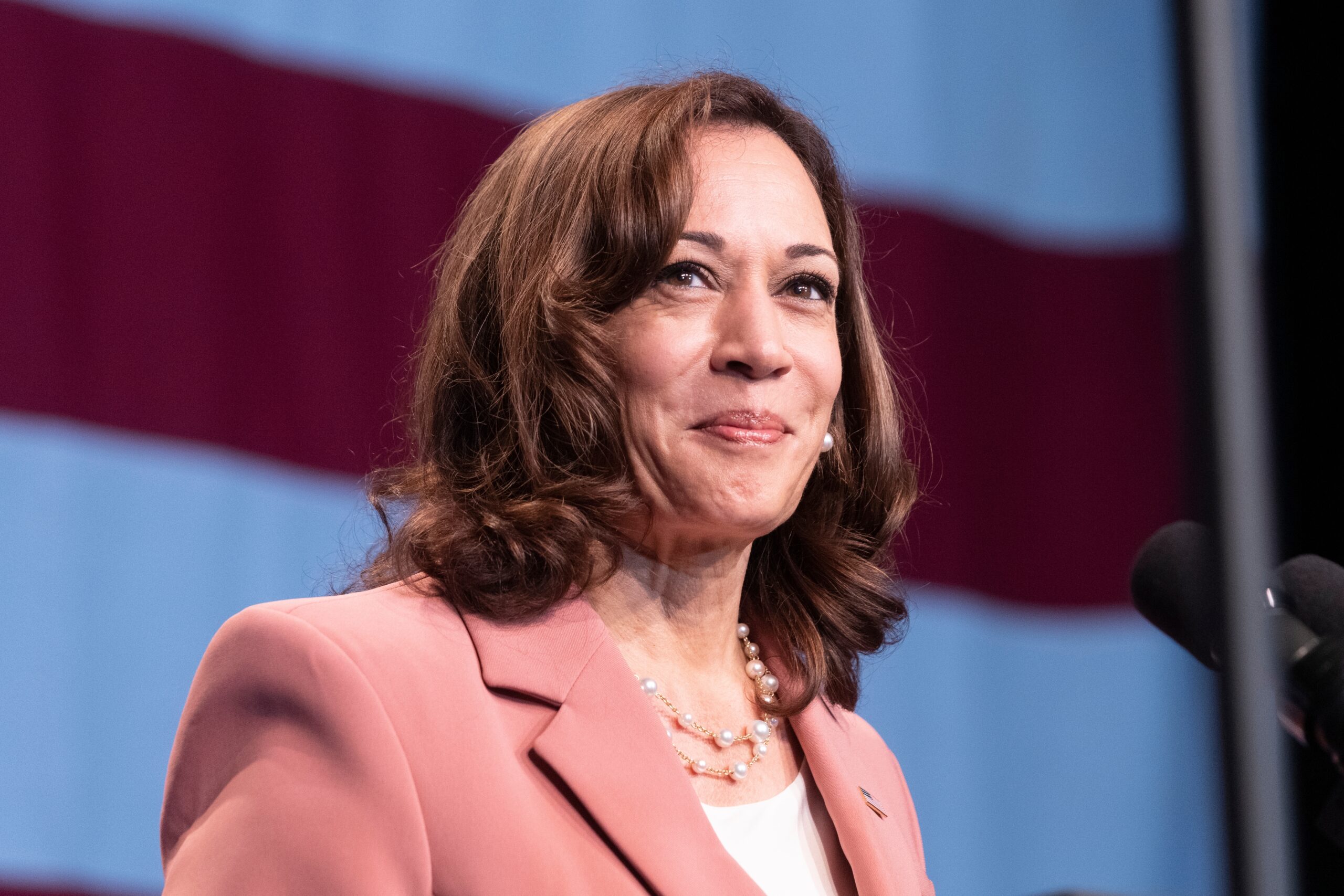In a historic move on Monday, President Biden thrust artificial intelligence into the forefront of national attention by signing a groundbreaking AI executive order. This order, arriving just as the UK’s AI safety summit is set to commence on November 1st, establishes a framework of regulations focusing on safety, consumer privacy, equity, civil rights, and innovation within the rapidly expanding AI landscape. The implications of this directive are far-reaching, prompting a spectrum of reactions from AI companies operating in the Bay Area, where the tech revolution has found its epicenter.
The guardrails to shape the future of AI
In response to the unprecedented growth and power of AI, the government, albeit cautiously, has stepped in to set some guard rails. Dr. Fei-Fei Li, director of Stanford’s A.I. institute, emphasized the importance of responsible leadership in managing this game-changing technology. The executive order, a maiden effort in the realm of AI, is perceived as a crucial first step toward ensuring the ethical and safe development of artificial intelligence.
President Biden’s executive order has triggered a ripple of responses within the burgeoning A.I. landscape, particularly in the Bay Area. This region, already a hub for numerous A.I. enterprises, witnessed a varied array of sentiments.
On the frontlines of AI innovation, companies like Protect, a Bay Area startup, see this executive order as a positive development. Matt Frischer, the co-founder, views it as a step in the right direction, one that will bring attention to AI and contribute to job creation. The order is seen as empowering, signaling a commitment to building value atop the evolving AI architecture.
Amidst the complex interplay of regulation and innovation, companies like Protect see this executive order as an opportunity to fortify their commitment to responsible A.I. development. Frischer envisions building services, offerings, and value atop the A.I. architecture, empowered by the attention this order brings. The Bay Area, already a crucible of A.I. innovation, may now showcase not just technological prowess but also responsible practices.
Big tech dilemma
While smaller players like Protect are supportive, the looming question remains: How are the giants of the tech industry responding? Meta, Google, Facebook, and their counterparts, despite talking a good game about responsible AI use, find themselves at a crossroads. The memory of the unregulated social media era, marred by controversies and negative repercussions, weighs heavily on both the government and the tech giants.
The pace at which these tech giants are growing provides them with a unique set of challenges. On one hand, they must cooperate with the government to avoid excessive regulation that might impede their rapid expansion. On the other hand, they have a vested interest in ensuring responsible AI use to prevent a repetition of the negative consequences witnessed in the social media arena post-2016.
AI executive order shapes regulation in the tech frontier
In the current landscape of national dialogue, the prominence of Artificial Intelligence looms large, prompting contemplation on the intricate interplay between corporate expansion and regulatory frameworks. The executive order, while establishing a foundation for conscientious AI advancement, merely marks the inception of a multifaceted journey ahead. The pressing query persists: can technological behemoths harmonize their objectives with the stipulations outlined by governmental directives, or shall the shadows of historical missteps cast a foreboding pall over the trajectory of AI evolution? The unfolding chronicle of time holds the key, as enterprises navigate the labyrinthine terrain, confronting both the challenges and prospects encapsulated within this epochal juncture in the annals of artificial intelligence.





